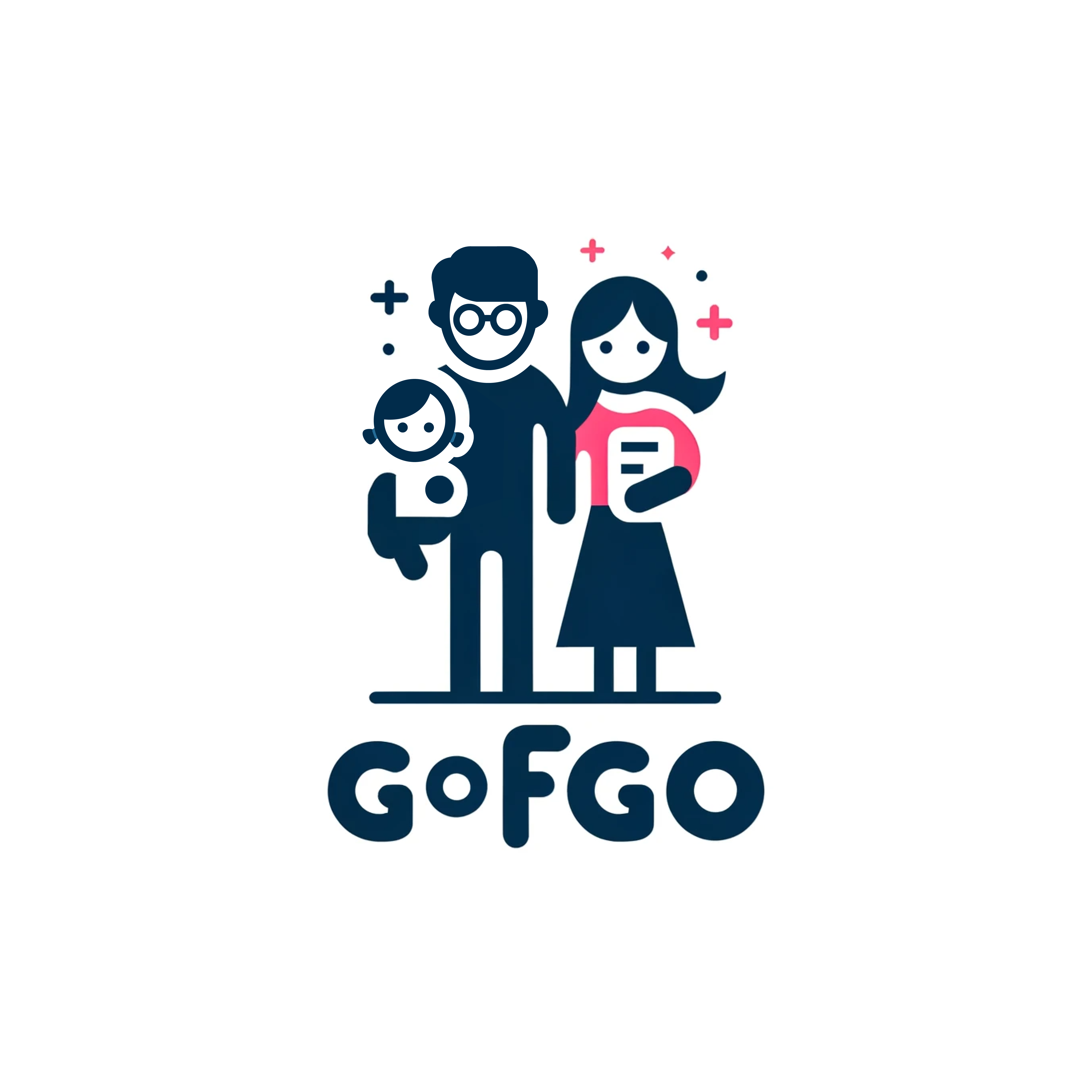티스토리 뷰
c#
[unity/ wpf/c#] newton json Serialize/deSerialize(ToJson/ToObject) 엄청 쉽게 하는법
개발자 고포고 2022. 3. 16. 17:29반응형
[unity/ wpf/c#] newton json Serialize/deSerialize(ToJson/ToObject)
#위 프로젝트는 Newton.json 라이브러리 설치가 필요합니다. 유니티의 경우 기본 설치되어 있기때문에 추가 설치가 필요없습니다.
#Serialize DeSerialize To Json
## 클래스로 구조를 만든다.
public class History
{
public string Title { get; set; }
public string Language { get; set; }
public List<HistoryTop> tops { get; set; }
public List<HistoryBottom> bottoms { get; set; }
}
public class HistoryTop
{
public string Caption { get; set; }
public string ImageUri { get; set; }
}
public class HistoryBottom
{
public string Year { get; set; }
public string Content { get; set; }
}
##샘플데이터를 만든다.
List<History> historys;
public void MakeData()
{
historys = new List<History>();
historys.Add(MakeItemKor());
historys.Add(MakeItemEng());
}
public History MakeItemKor()
{
History kor = new History();
kor.Language = "kor";
kor.Title = "한국어 타이틀";
kor.tops = new List<HistoryTop>();
kor.tops.Add(new HistoryTop { Caption = "캡션01", ImageUri = @"c:\a.jpg" });
kor.tops.Add(new HistoryTop { Caption = "캡션02", ImageUri = @"c:\b.jpg" });
kor.tops.Add(new HistoryTop { Caption = "캡션03", ImageUri = @"c:\c.jpg" });
kor.tops.Add(new HistoryTop { Caption = "캡션04", ImageUri = @"c:\d.jpg" });
kor.tops.Add(new HistoryTop { Caption = "캡션05", ImageUri = @"c:\e.jpg" });
kor.bottoms = new List<HistoryBottom>();
kor.bottoms.Add(new HistoryBottom { Content = "컨텐트01", Year = "1924" });
kor.bottoms.Add(new HistoryBottom { Content = "컨텐트02", Year = "1934" });
kor.bottoms.Add(new HistoryBottom { Content = "컨텐트03", Year = "1944" });
kor.bottoms.Add(new HistoryBottom { Content = "컨텐트04", Year = "1954" });
kor.bottoms.Add(new HistoryBottom { Content = "컨텐트05", Year = "1964" });
return kor;
}
public History MakeItemEng()
{
History eng = new History();
eng.Language = "eng";
eng.Title = "english title";
eng.tops = new List<HistoryTop>();
eng.tops.Add(new HistoryTop { Caption = "Caption01", ImageUri = @"c:\a.jpg" });
eng.tops.Add(new HistoryTop { Caption = "Caption02", ImageUri = @"c:\b.jpg" });
eng.tops.Add(new HistoryTop { Caption = "Caption03", ImageUri = @"c:\c.jpg" });
eng.tops.Add(new HistoryTop { Caption = "Caption04", ImageUri = @"c:\d.jpg" });
eng.tops.Add(new HistoryTop { Caption = "Caption05", ImageUri = @"c:\e.jpg" });
eng.bottoms = new List<HistoryBottom>();
eng.bottoms.Add(new HistoryBottom { Content = "Content01", Year = "1924" });
eng.bottoms.Add(new HistoryBottom { Content = "Content02", Year = "1934" });
eng.bottoms.Add(new HistoryBottom { Content = "Content03", Year = "1944" });
eng.bottoms.Add(new HistoryBottom { Content = "Content04", Year = "1954" });
eng.bottoms.Add(new HistoryBottom { Content = "Content05", Year = "1964" });
return eng;
}
##객체화를 진행한다.
public string ParsingToJson()
{
return JsonConvert.SerializeObject(historys);
}
##결과값
[
{
"Title": "한국어 타이틀",
"Language": "kor",
"tops": [
{
"Caption": "캡션01",
"ImageUri": "c:\\a.jpg"
},
{
"Caption": "캡션02",
"ImageUri": "c:\\b.jpg"
},
{
"Caption": "캡션03",
"ImageUri": "c:\\c.jpg"
},
{
"Caption": "캡션04",
"ImageUri": "c:\\d.jpg"
},
{
"Caption": "캡션05",
"ImageUri": "c:\\e.jpg"
}
],
"bottoms": [
{
"Year": "1924",
"Content": "컨텐트01"
},
{
"Year": "1934",
"Content": "컨텐트02"
},
{
"Year": "1944",
"Content": "컨텐트03"
},
{
"Year": "1954",
"Content": "컨텐트04"
},
{
"Year": "1964",
"Content": "컨텐트05"
}
]
},
{
"Title": "english title",
"Language": "eng",
"tops": [
{
"Caption": "Caption01",
"ImageUri": "c:\\a.jpg"
},
{
"Caption": "Caption02",
"ImageUri": "c:\\b.jpg"
},
{
"Caption": "Caption03",
"ImageUri": "c:\\c.jpg"
},
{
"Caption": "Caption04",
"ImageUri": "c:\\d.jpg"
},
{
"Caption": "Caption05",
"ImageUri": "c:\\e.jpg"
}
],
"bottoms": [
{
"Year": "1924",
"Content": "Content01"
},
{
"Year": "1934",
"Content": "Content02"
},
{
"Year": "1944",
"Content": "Content03"
},
{
"Year": "1954",
"Content": "Content04"
},
{
"Year": "1964",
"Content": "Content05"
}
]
}
]
#Serialize 객체화 하는법
## 다음과 같이 너무 손쉽게 객체화가 가능하다.
public List<History> ParsingToObject()
{
ReadText();
return JsonConvert.DeserializeObject<List<History>>(parsingText);
}
public void ReadText()
{
string txtFile = $"{Application.streamingAssetsPath}/config.json";
FileStream filestream = new FileStream(txtFile, FileMode.Open, FileAccess.Read);
StreamReader sr = new StreamReader(filestream, System.Text.Encoding.UTF8);
parsingText = sr.ReadToEnd();
sr.Close();
filestream.Close();
}
#c# #json #unity #newton #wpf #toObject #toJson
반응형
'c#' 카테고리의 다른 글
| [unity/c#/wpf] 파일로 텍스트/로그 쓰기 (0) | 2022.10.26 |
|---|---|
| [c#/unity] 시스템 볼륨(system volumn) 제어하기 ( CoreAudio 사용) (0) | 2022.03.23 |
| [c#/wpf/mvvm] [wpf/c#] mvvm 을 활용한 런처(전원 관리 및 파일 관리) 만들기(3/3) FTP 파일 다운로드 / 앱 자동 실행 / Config파일 (0) | 2022.03.02 |
| [wpf/c#] mvvm 을 활용한 런처(전원 관리 및 파일 관리) 만들기(2/3) (0) | 2022.03.02 |
| [c#/wpf/unity] 나의 아이피 주소 가져오기 헬퍼구현 (0) | 2022.03.02 |
댓글
반응형
